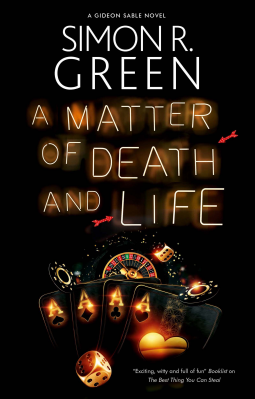The Signal out of Space, by Mike Jack Stoumbos (Theogony Books)
This space opera hits so many tropes just right! It’s a
school story (well, cadets in the Interstellar Initiative, but close enough), a
patchwork of alien species learning to work together (shades of Star Trek)
and a mystery. After a brutal interspecies war, the Interstellar Initiative is the
galaxy’s best hope for peace, cooperation, and rewriting nasty first
impressions.
- To begin with, our motley crew includes:
- A declawed reptilian engineer who goes “Mmmmmm!”
- A furry medic with a secret noble heritage, like a werewolf with tusks
- An insectoid programmed to adore humans, whose chosen name is Paul Newman and who has four arms, rather than wings
- A barely-legal-age human pilot who reminds me of the kid in the film, The Last Starfighter with his gift with video games and puppy-like enthusiasm.
The prolog throws us into action as the crew hurtles across
the Martian terrain in a test run when matters go seriously pear-shaped. It’s
confusing because (a) there’s no context for any of these characters or their
relationships (for example, one is referred to as “Paul,” but later turns out
to be the sentient insectoid who has adopted the name, “Paul Newman”); (b)
prologs at best are incredibly challenging to pull off and are usually a
terrible idea. However, it’s soon over and when we return to the scene later in
the book, we are better equipped to understand what’s going on.
From there, the story shifts into multiple POV,
not-quite-linear time as we experience each character’s arrival and
interactions. These chapters are brilliant. The depiction of the differences
as well as similarities between the five characters/five species are gorgeously
well done.
No book is perfect (not even mine!) but I found the few flaws
trivial in comparison to the wonderful voices of the characters, the unfolding
mystery, and the intricate politics of each species. It’s the first of series
but stands alone very well. Fans of space-opera-with-aliens will love it!





